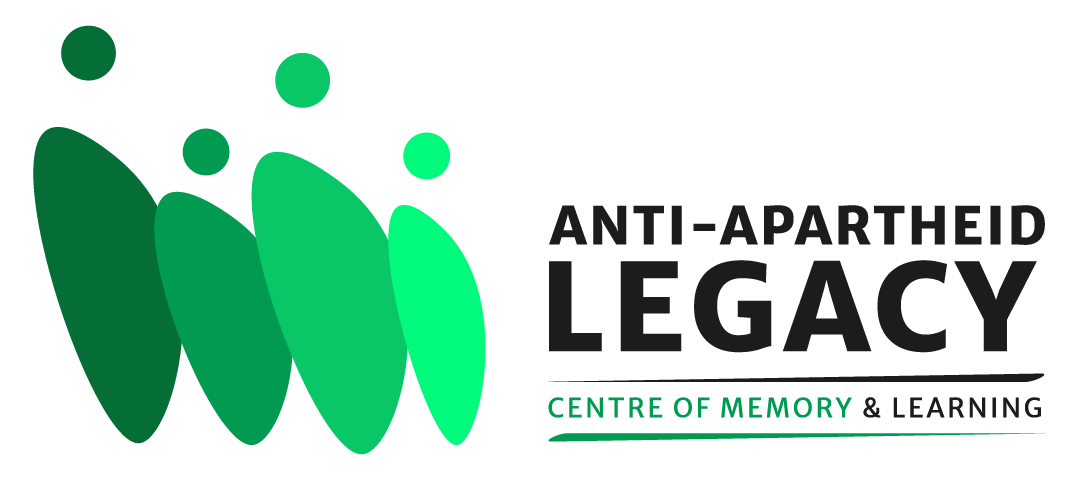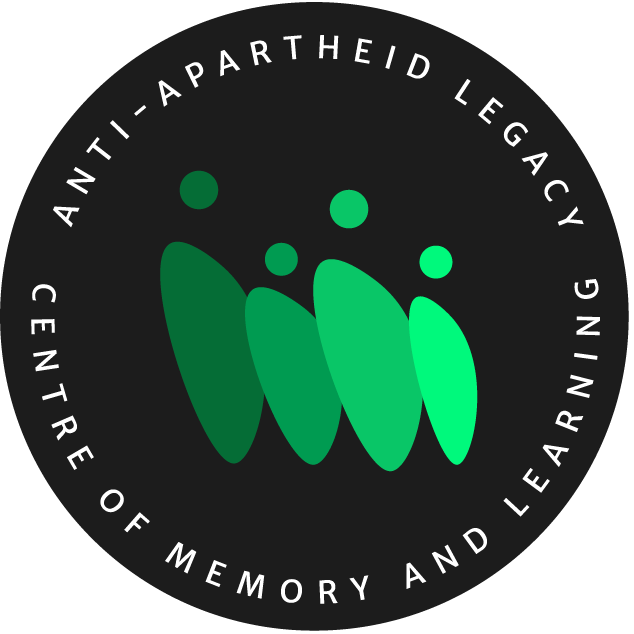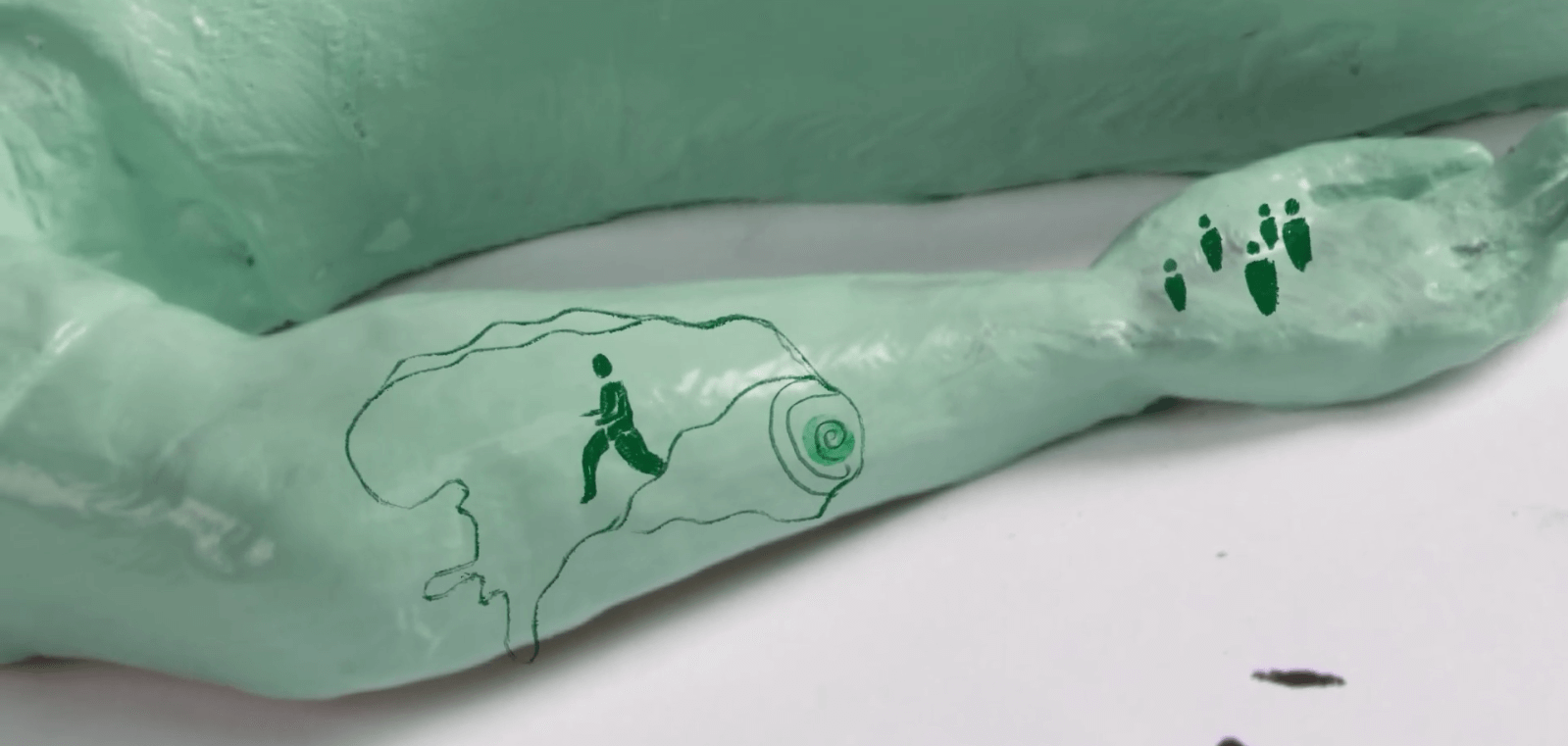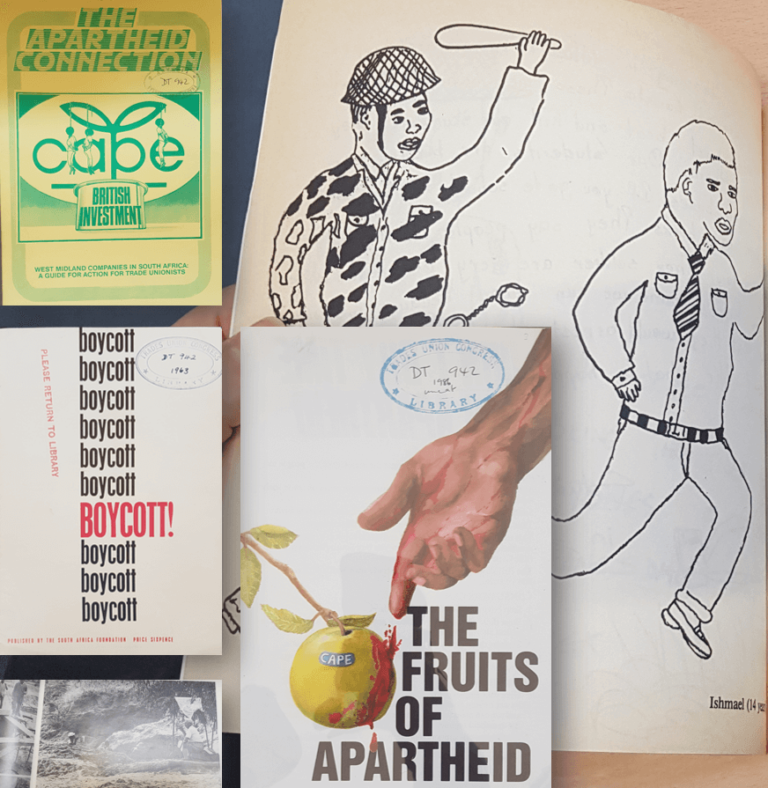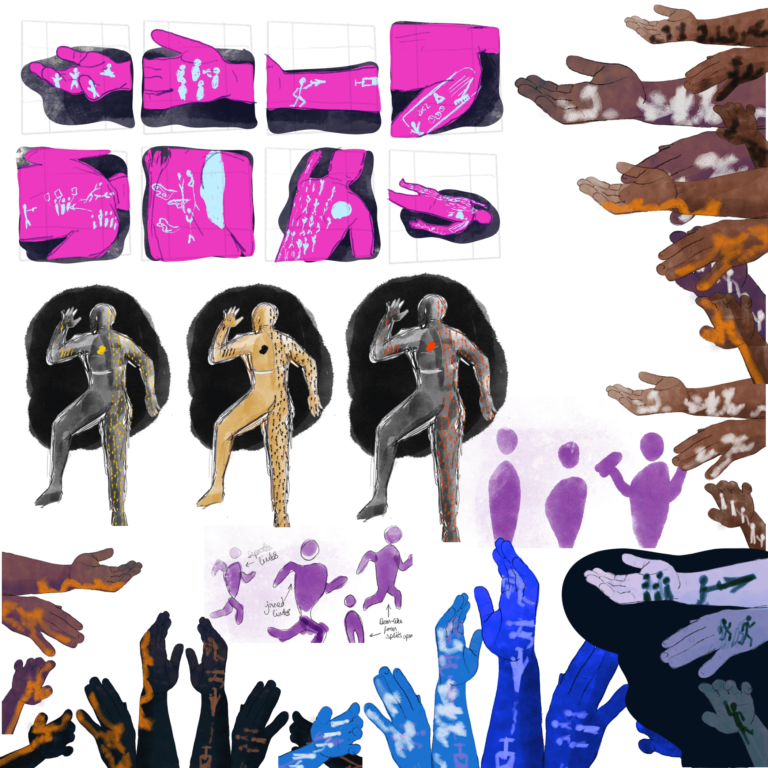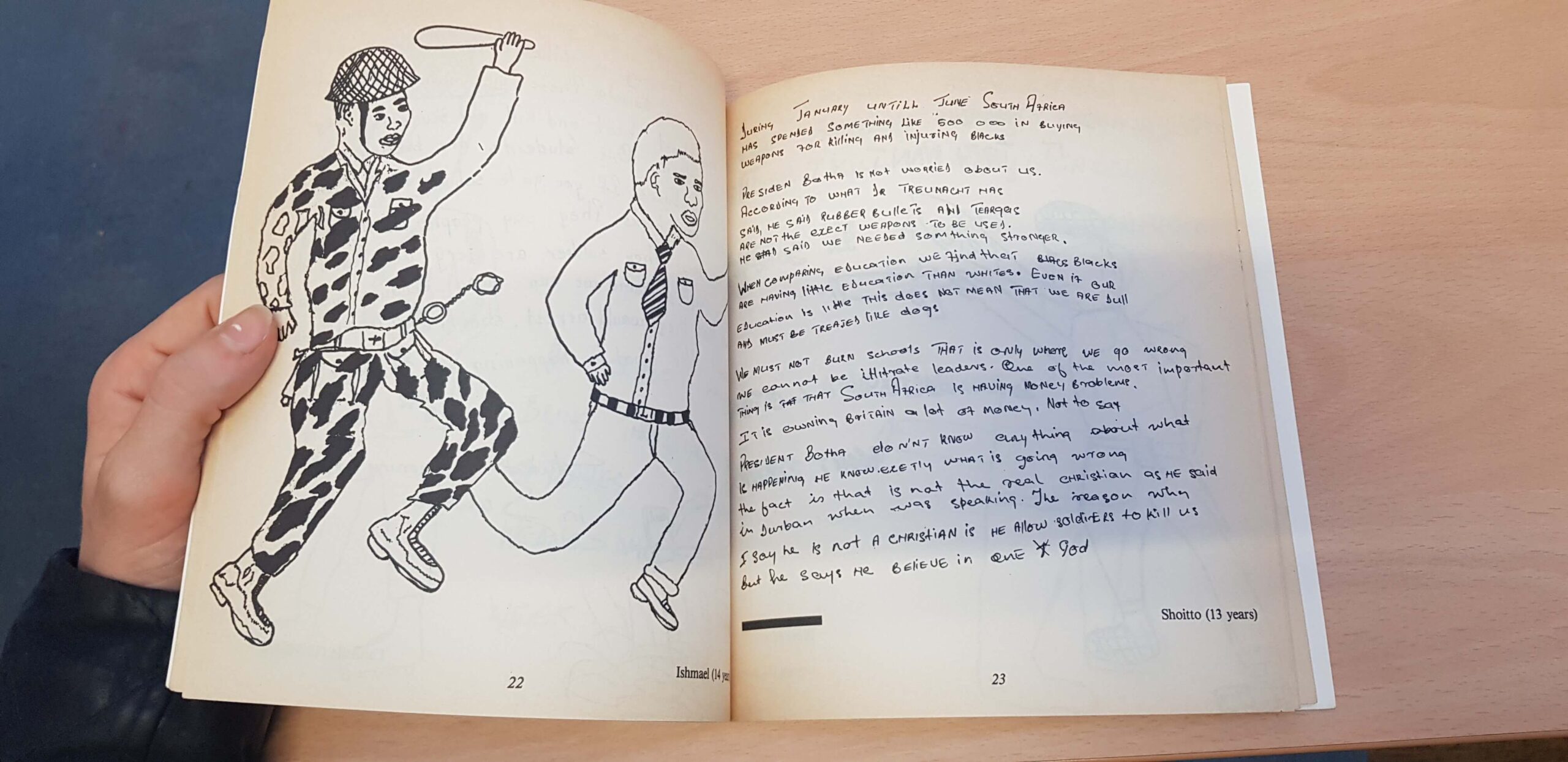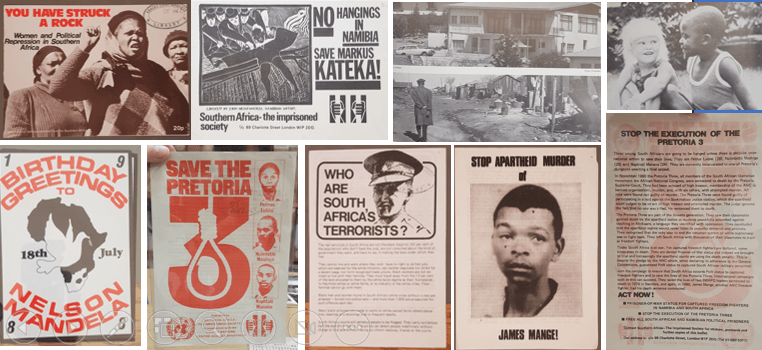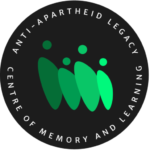No Vote, No Voice, No Life
A World Without Democracy
A Tribute to Soweto and June 16th
A blog by Freya Snelling.
As an Illustration and Animation student of London Metropolitan University in our second year we are given a client brief. We are fortunate enough to be partnered with the Liliesleaf Trust UK who kindly grant us the opportunity to create something meaningful. Our brief was to create either a comic or animation to be “used with communities in order to engage, educate and promote the legacy and values of the Southern African liberation struggle”, simply put, our project was focused toward democracy and the anti-apartheid movement in SA. The goal was to create something that will be suitable for a wide range of audiences, ensuring that the content would be engaging and clear enough for young children (13+ years).
Prior to this brief I had and admittedly limited understanding of the apartheid in South Africa. I had heard of it from a very close friend who is of German and South African decent and whose parents were dating shortly after the apartheid was over. He talked of their struggles both socially and within the relationship of his parents. He introduced me to his role model Trevor Noah, who is a vocal comedian that doesn’t shy away from talking about his own experience of the apartheid. Most of the knowledge I had on this subject were from these two sources. As insightful as they were they still offered only a sliver of what was experienced during that time and both from similar backgrounds. A key takeaway was how these individual perspectives touched me, more so than my history lessons, because it is easier to empathise with them than my textbooks.
Before going into this project I decided to expand my knowledge on the apartheid and visit London Met Uni’s Special Collections to take a look at some first hand materials created in aid of and by the Anti-Apartheid Movement. I read through archival texts, watched documentaries and absorbed biographies of those that were there. I tried to put myself in the shoes of some of the unfortunate souls that had to endure the worst of humanity. The idea that people had ever been treated this way is disgusting, it upset me to my core, and what is worse is how unknown this history is to some. Injustices like these deserve to be heard; with the hope of them never being repeated.
Celebration and Remembrance go hand-in-hand
When I first set out to complete this project, the 30-year anniversary of Democracy in SA, I wanted to focus on stories that haven’t been told and voices that deserve to be heard. Suppression of expression is a key tool of oppression in countries without democratic process, my goal was to elevate the oppressed voices and offer them a platform to be finally heard. As I researched the journey to democracy in South Africa, I was struck by the injustice faced by the non-white youth of the country. They were intentionally silenced under apartheid, being forced to learn in the language of their oppressor rather than their own familial languages. They were forced to learn in an inferior curriculum. On 16th June 1976, thousands of students who were peacefully protesting this were violently set upon by the police. I wanted to focus an individual’s perspective in order to show that each and every child was affected under apartheid. The individual’s perspective is also more relatable allowing the audience to empathise with these narratives more than the broader strokes of history.
The more I looked into the topic of Democracy and how it is viewed in the UK by the younger generations the more I saw how much it is taken for granted. When all you have ever known is Democracy how can you truly understand how fortunate we are to have it? When I spoke to the representatives of the audience the final piece was to be aimed at, many of them saw no value in protests or even voting. This would not have rung true with the people who had just ‘earned’ their right to vote 30 years ago. To help send the message home about the importance of democracy, I wanted to show my audience what a world without democracy looks like. How it can hurt the most innocent of souls, children. No citizen should fathom protesting their own education only to be gunned down in the streets for speaking up. Events like that should only exist for us in some sort of dystopian existence, so it would be haunting to know that was someone’s recent past or (as it still is for some) current present.
Animation has a way of drawing you into a new experience allowing you to suspend your belief enough to absorb new information much more effortlessly than a dry article or report. The goal here is to touch an audience that might not have consciously researched this topic and in doing so help broaden their perspectives. Visual communication has the potential to be visceral to really evoke emotion and transform perspectives. I’ve subconsciously learned so much from the content I watched as a child, I can really see how it has shaped me today. I feel as creators we have a responsibility to use this captivating media to engage and educate in a productive way while still providing entertainment. The message I aim to convey in my animation is that this is what a world without democracy looks like, therefore let’s remember these atrocities so they aren’t repeated, honour those who gave their lives, and celebrate how far we’ve come.
The Process
I chose to make an analogue animation in ceramics with hand painted characters. This handmade touch gives the animation a very tactile and personable quality. It shows that care and consideration have gone into this process. I also believe that by using materials that have a tangible quality you appeal to your audiences’ other senses like touch. I believe this makes a deeper connection with the content the audience is watching and in turn communicates the message more effectively.
The sculpting of the figure took over a week to both make and dry before going into the kiln for the first fire. On the short journey to the kiln, I had managed to accidentally snap of both a foot and a hand, I fired these together with the body in hopes of attaching them later. After the first bisque fire the next step was to glaze the figure, I wanted to use a glaze that didn’t represent a specific skin colour as I wanted this animation to be relatable to a diverse audience. The glaze I selected was a lovely textured green that when fired would make the clay look as if it were rough stone in a similar shade to the Anti-Apartheid Legacy logo. During the second fire the kiln malfunctioned and didn’t reach the required heat to vitrify my glaze, this meant that the glaze was not suitable to paint on or came out in the correct colour.
As a result, I was unable to complete the animation using paint, so I ended up pivoting and using a digital overlay with textured brushes. When I finally showcased my final piece, members from the audience had asked how I had hand painted on the figure like that without a reference. I was so glad to hear that even though my plan didn’t work out as I had intended it did still communicate the effect and message I was going for. If I had more time, I would have loved to have reshot the animation, but this seems like more of a personal bonus than one for the project itself.

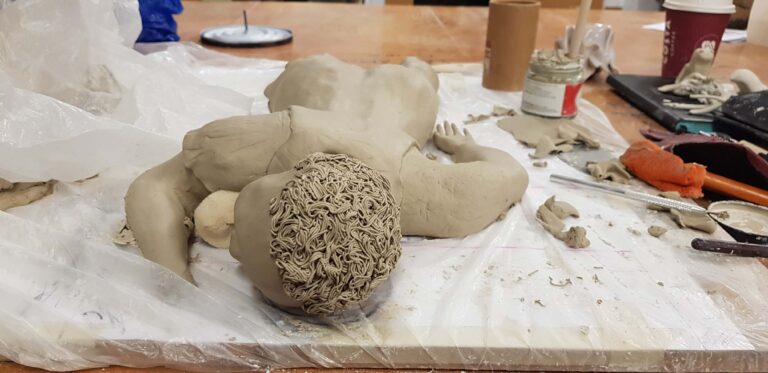
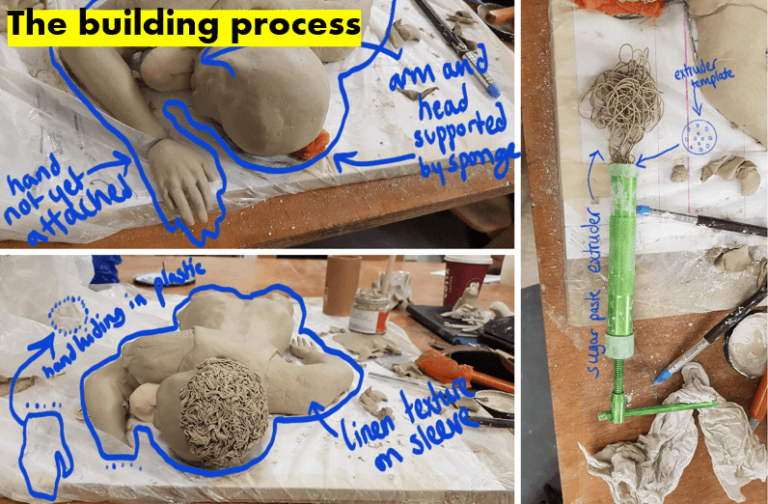
The Narrative
It was hard finding first hand accounts of non—white citizens during the apartheid, white most white citizens are able to have their say on online forums and blogs it appears they are the majority (if not the only). When I mentioned this to the Anti-Apartheid Legacy they suggested a book called ‘Two Dogs and Freedom’. As soon as I opened it I knew it was perfect. My narrative became more focused on the Soweto Uprising and Hector Pietersen’s downfall. As much as I wanted to use his story, I do feel to truly do it justice I would want to speak to his relatives and gain their permission to share his life and death.
Instead, my goal was to show a variety of children, with their dreams, I wanted these to be honest and realistic accounts. ‘Two Dogs and Freedom’ a collection of aspirations of children from townships who lived under apartheid, imagining a world without oppression that democracy would bring was perfect. I combined the stories of these children along with the dreams of Hector Pietersen to carefully outline what was taken from the children that fell on the day of the uprising. It was important the voice was South African in order to respond with authenticity to the heritage bringing the voices of those silenced young people to our audiences.
This book was a sweet collection of hand written thoughts illustrated by the students themselves. Each entry is followed by the name and age of the student that contributed. In addition to my animation I wanted to create a comic (if time permitted) heavily influenced by the design style of this book. I wanted the comic to feel as if it were written by the children of the township or at the very least as a nod to them. After a great deal of testing and exploring I had decided to use a colour palette similar to that of the Anti-Apartheid Logo. This was a helpful tool as it meant I was able to tell this story without skin colour being the first thing you see, I think this will help audiences of any background immediately relate and focus on the story itself. As for the character designs; I needed something that was clear but not too graphic as there are scenes of violence and I want to ensure this animation is viewable by a younger audience. To combat this I used the AAL logo again as reference and built my human forms from this. It turned out incredibly useful as the shape were simple enough to paint easily frame-by-frame while still communicating the importance of the narrative. The ceramic figure was created by combining a few reference photos from the Soweto Uprising to get an idea of the clothing, hair styles and general look of the students on that day. I felt it was important to make the figure who’s story was being told to look as human and as realistic as possible bar the colour of the form. This needed to be one colour so it could behave as a blank canvas for the painted story to come. The story of her life and her friends painted on her body and worn like scars for all to see.
Finally, to support our animation (or comic) we were required to create a poster. Looking at the posters in the archive aimed at the public in the UK, the images are more editorial and narrative. They still use red to accent their posters as it really draws attention to the urgency and the link to blood and lives lost. The posters in the UK are higher production and have painted designs or high-quality photos. Since my posters are also aimed at a more UK based audience I will also try and use a high-quality print with photographs of my work. I love the idea of doing a lino print however I just don’t think it links well with the animation itself, it would seem a bit disconnected. I am debating whether to use green or red to accent my posters. Red does highlight an urgency and we are no longer using these posters as a quick call to action. I think it is important to not overuse these colours as it draws attention away from when they are needed most. Instead, I will use the colour palette of the Anti-Apartheid Legacy Centre paired with either black text or a black and white potentially monochrome image. This will be a nod to the original posters made during the apartheid whilst using the materials and technologies of today.
I invite you to view the final version animation. My thanks to Ramasela Molekwa for their voice over.
Written by Freya Snelling, June 2024.
